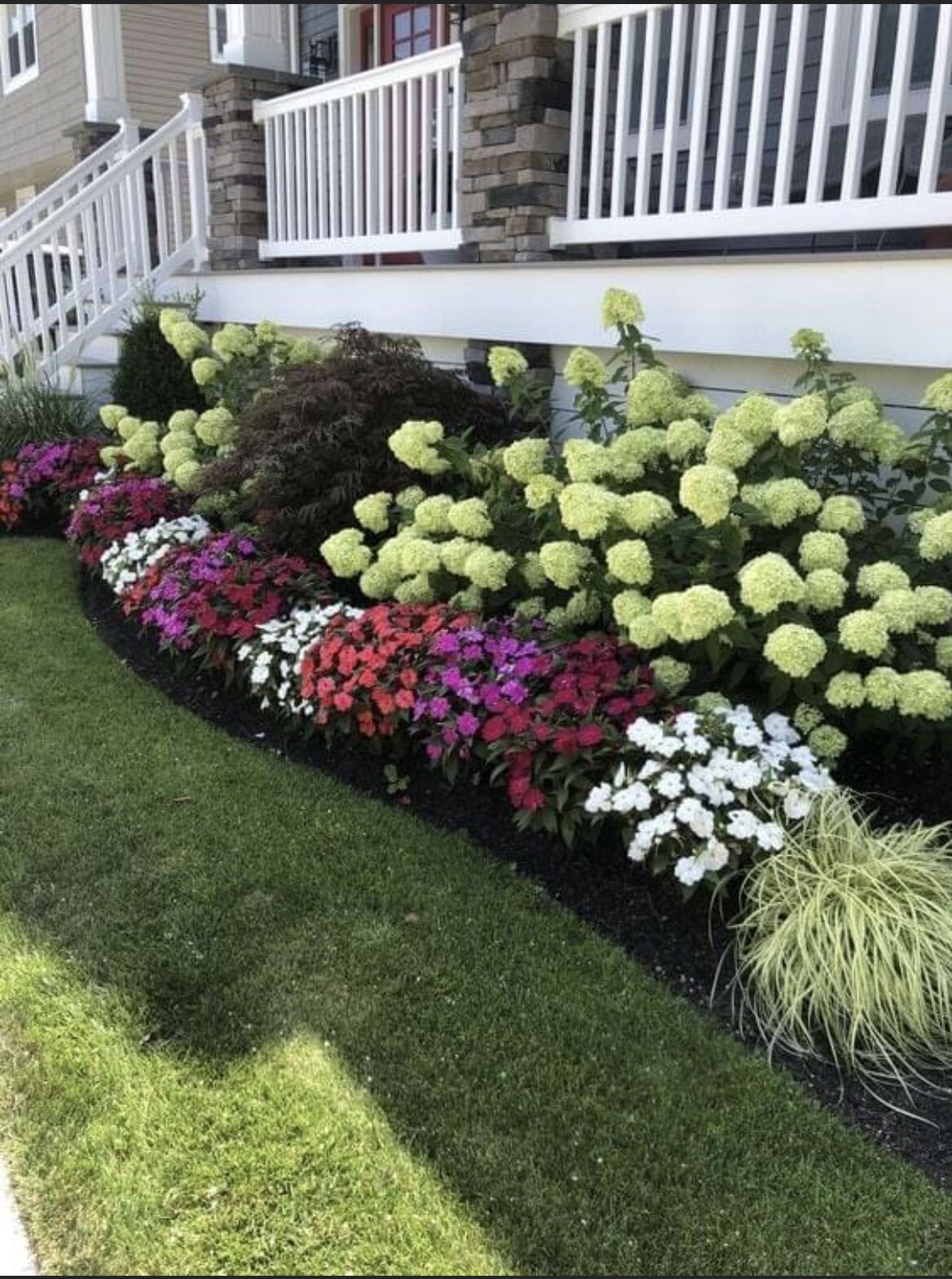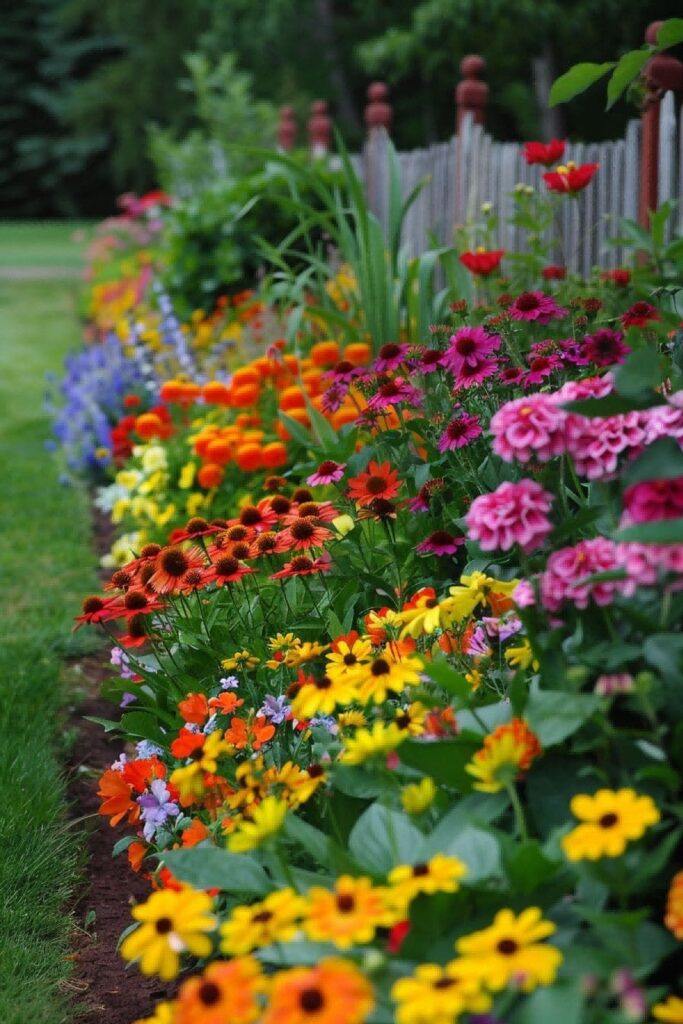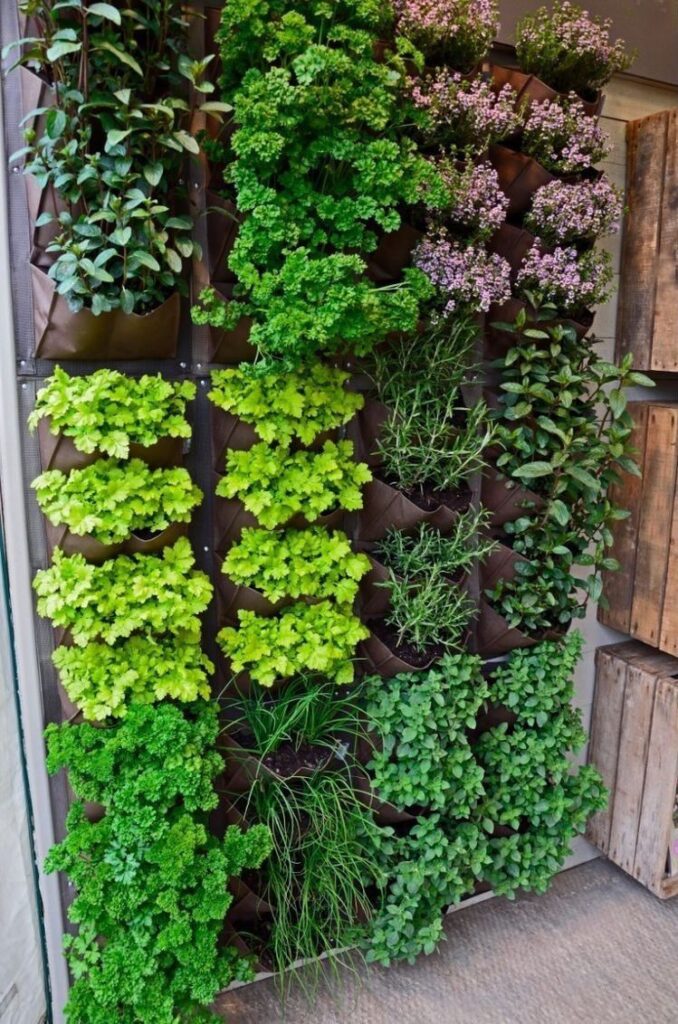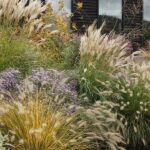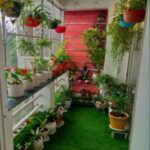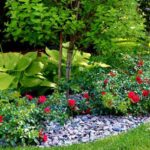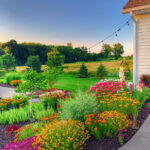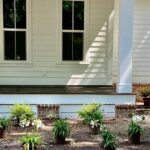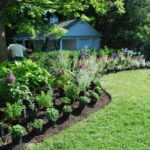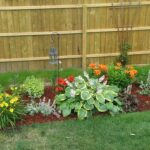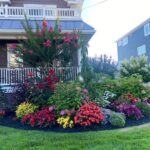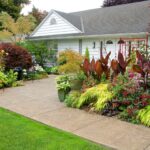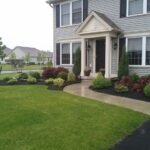Perennial gardens can add a beautiful and vibrant touch to any front yard, creating a welcoming and inviting atmosphere for visitors and homeowners alike. When designing the layout for a perennial garden in a front yard, there are a few key factors to consider in order to create a visually appealing and well-organized space.
One important aspect to keep in mind when planning the layout of a perennial garden is the overall size and shape of the front yard. Consider the available space and any existing structures or pathways that may impact the design of the garden. It’s also crucial to take into account the amount of sunlight the area receives, as this will influence the types of plants that can thrive in the garden.
Another crucial consideration when designing the layout of a perennial garden is the placement of plants in relation to each other. Grouping plants with similar light and water requirements together can help to create a harmonious and visually pleasing garden. Additionally, consider the height and spread of each plant to ensure that they have enough space to grow and flourish without overcrowding each other.
When it comes to arranging plants in a perennial garden, consider incorporating a variety of colors, textures, and heights to create a dynamic and visually appealing landscape. Mix in different types of flowers, shrubs, and trees to add depth and dimension to the garden. Be sure to also incorporate plants with varying bloom times to ensure that there is always something in bloom throughout the year.
In addition to plants, adding elements such as pathways, seating areas, and decorative accents can help to enhance the overall design of the perennial garden. Consider incorporating a winding pathway to guide visitors through the garden and provide access to different areas. Add a bench or a small seating area where homeowners can relax and enjoy the beauty of the garden.
Overall, designing the layout of a perennial garden in a front yard requires careful planning and consideration of various factors such as space, sunlight, plant placement, and design elements. By taking these factors into account and incorporating a variety of plants and design elements, homeowners can create a stunning and inviting garden that will enhance the curb appeal of their home.
